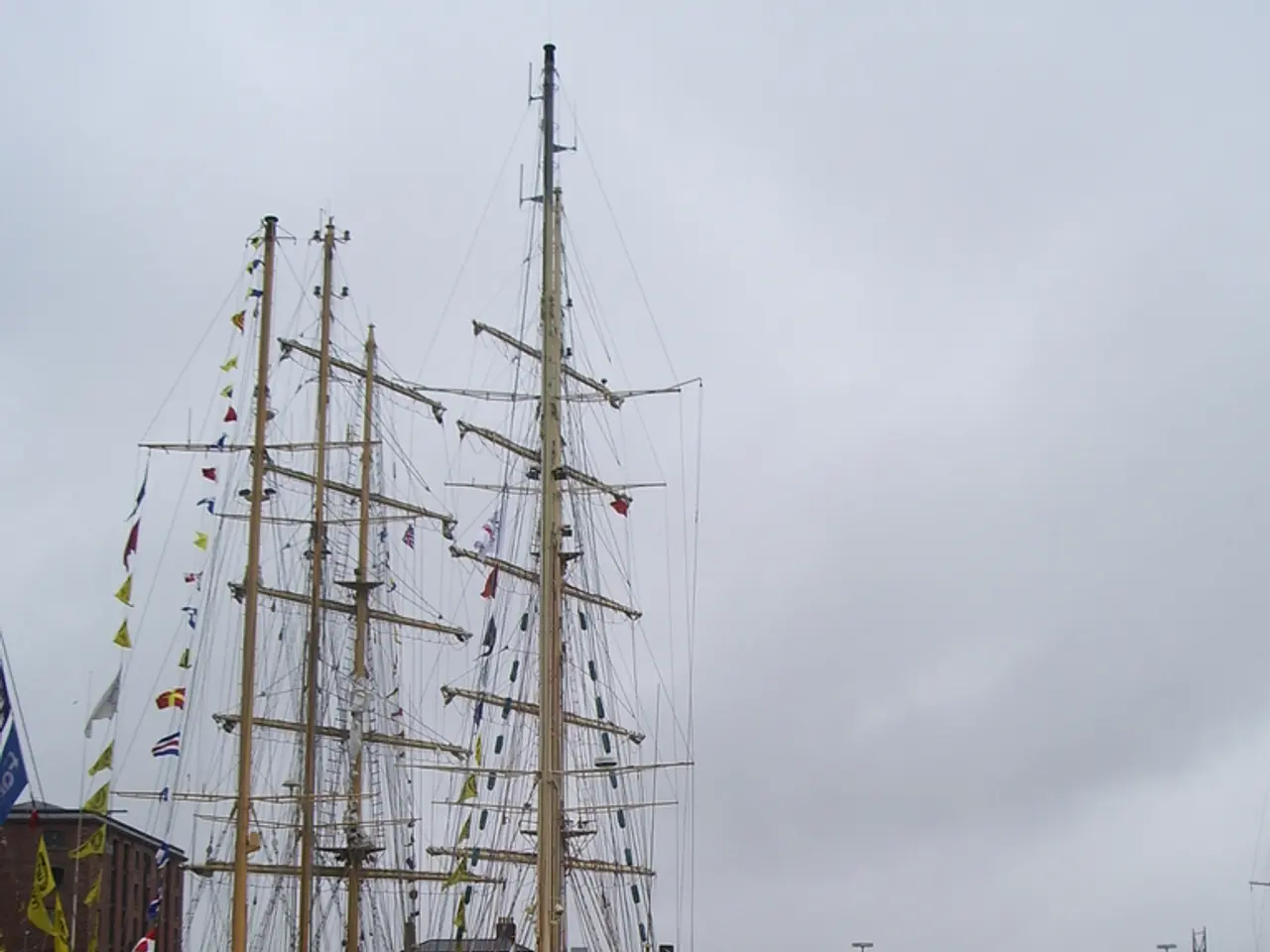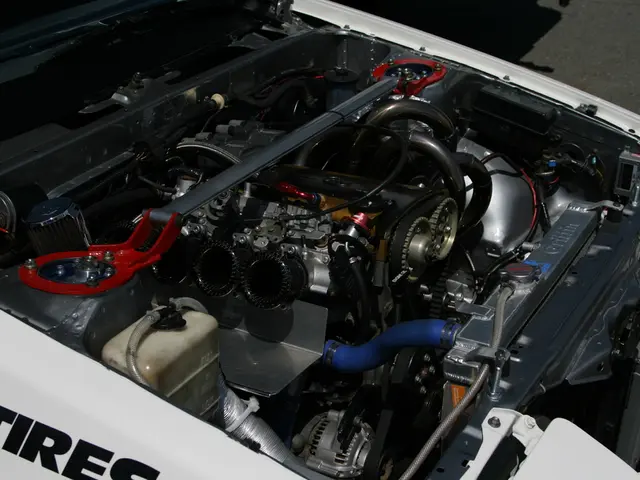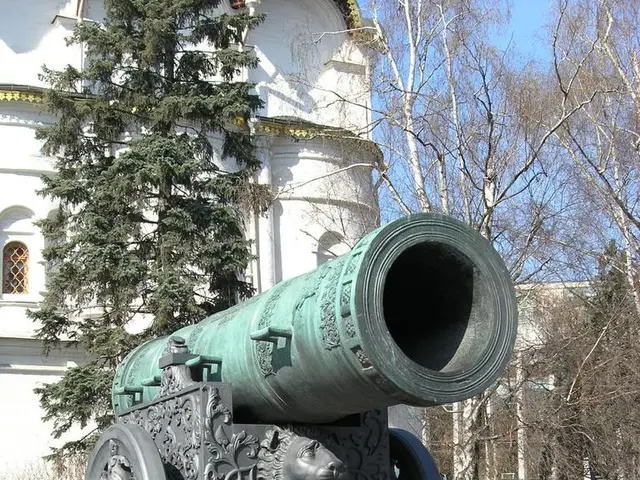NASA's GUARDIAN Revolutionizes Tsunami Detection with Early Kamchatka Warning
NASA's innovative tsunami detection system, tsunami warning GUARDIAN, has successfully proven its worth. The system, which senses sea-surface motion from space, provided crucial early warnings during a recent earthquake off Russia's Kamchatka Peninsula.
Current tsunami warning systems rely heavily on seismic data and deep-ocean pressure sensors, which are costly and scarce. GUARDIAN fills these gaps by offering a unique perspective from high above the planet.
During the magnitude 8.8 earthquake, GUARDIAN detected signs of the tsunami roughly 30 to 40 minutes before it reached Hawaii and other Pacific sites. The system uses data from over 350 ground stations to analyze signals from GPS and other GNSS satellites, allowing it to spot tsunami-related signals even from afar.
Recently, GUARDIAN received upgrades, including an ai detector to enhance its tsunami detection capabilities and a prototype alert messaging system. These improvements enable the system to send alerts to experts within just 20 minutes of an earthquake, providing valuable time for evacuation decisions.
GUARDIAN's successful detection of the tsunami off Kamchatka Peninsula demonstrates its potential to revolutionize tsunami warning systems. With its ability to detect tsunamis up to 1,200 kilometers from a station and provide up to one hour and 20 minutes of advance warning, GUARDIAN could save lives and mitigate damage in future disasters.






